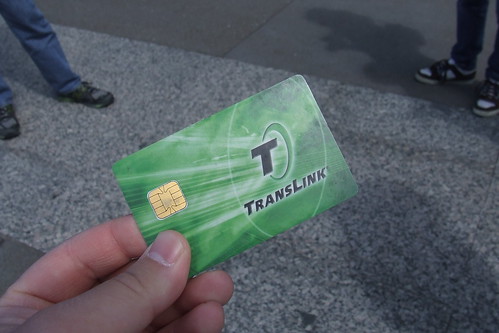The 36th annual Nihonmachi Street Fair in San Francisco's Japantown went well, and thankfully, no
grouchy condo developers and tenant board presidents going after the event this round.
There was a decent crowd this year, but if you try to compare Cherry Blossom to Nihonmachi, Cherry Blossom gets more people than Nihonmachi. If you think about how these events work, Cherry Blossom is way more organized and has better control than Nihonmachi; yet, the history of the Nihonmachi Street Fair is basically the idea of people simply coming together to have fun, and Cherry Blossom was made for the local businesses to attract more customers.
I'm going to be blunt, Nihonmachi Street Fair has been failing in terms of organizing (management). I've been volunteering with a non-profit organization who makes and sells the famous "Teriburgers" and many of our volunteers can see how much we and other food booths were suffering. Here's a short list:
- Poor location, they sent all the food booths to Webster street and part of Post Street (west of Webster).
- No entertainment stage, not even a radio station sponsor playing music.
- Only six non-profit organizations were selling food, everyone else was for-profit. This violated the "spirit" of the event.
- Many food booths saw a severe lack of customers due to the bad location and entertainment factors.
- Lack of advertising.
This really didn't go well for everyone. While I know the food booths made some kind of a profit, the Street Fair committee did a terrible job this year.
Everybody knows that music and food comes together. Cherry Blossom knows that live bands brings out the crowds and many people grab food and drinks before and after each set. NSF has done it before, but a former M.C. of the program warned everyone a couple of years ago that the stage may not return for this particular event, and he was right. So by killing the music and combining the "bad" location since the other stage was at the Peace Plaza, everyone got screwed.
I've heard comments from the public that "I didn't see your booth" because it looked like the main focus of NSF is the arts and crafts vendors. Everyone stuck around there so much that I had to go up there and announce all the good food and beverages supporting the non-profits of the Japantown community.
And another thing, how about the lack of non-profit organizations selling food? I saw more for-profit food booths than ever before in the history of the festival. People familiar with the history of the Nihonmachi Street Fair knows that it was created for the community to come together, have fun, and socialize. Everyone knew the food sold at the annual event was to help out the community non-profit organizations that helps seniors, youth, legal services, churches, and sports leagues, yet the committee's poor job to attract these organizations to set-up and cook good food has turned this event into a complete disaster. Combine this with the fact that this year, all the food booths were placed in a poor location, and the non-profits will reconsider if they will set-up shop ever again.
Two for-profit vendors selling Vietnamese BBQ? I spit at that decision. The "spirit" of the food booths (even if they are for-profit) is that each booth has a specific monopoly. This means NO COMPETITION. Competition means vendors will lose money; no competition means each booth has one popular staple item that everyone always remembers to come back to. Going back to the Cherry Blossom model, everyone wins because each booth has a monopoly.
A big lesson that should have been learned is the lack of advertising. The more you invest, the bigger the crowds. From what I know of, the only advertising that was published was the local Japanese American newspapers (Nichi Bei Times and Hokubei Mainichi), and a little blurb on SFgate's events page. Cherry Blossom Festival learned a lesson that when the attendance dropped, they invested more into advertising and was able to get back their attendance numbers and it helped all the vendors and attracted better entertainment.
Here's my solution to improving the Nihonmachi Street Fair:- Start talking to community organizations now to get their support.
- If you can't afford to build two entertainment stages, compress the festival so the food booths are closer to the stage.
- Advertise much more heavily.
- Work with the Aloha Festival to make sure that both events don't happen on the same weekend. If successful, you can have on one weekend, and another on the next one, more arts and crafts vendors from Hawaii will stay in the Bay Area for an extra week so they can sell at the other event (save money on a flight back to the islands).
- Restrict food vendors to non-profits.
- Regulate a monopoly on food items per booth. No competing items.

